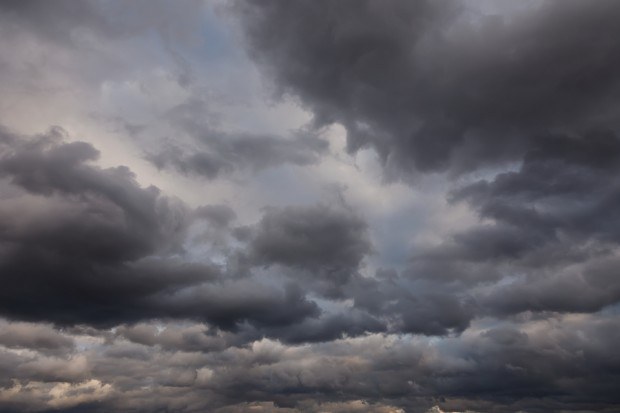The 2013-2014 winter storm season has seen the most severe sequence of storms since 1990, says Robert Muir-Wood, chief research officer at RMS.
The storm systems are the result of a strong jet stream combined with the contrast between warm tropical Atlantic air masses and intensely cold Arctic air over North America, according to RMS.
Although the storms cannot be directly linked with climate change, Muir-Wood says coastal flooding will be more common in the future and that winter rainfall totals are expected to rise.
He warns that while individual storms may not cause significant insured flood loss, accumulative flood losses from several storms could become significant for some insurers and reinsurers.
Since the peak of the 2013-2014 winter storm season started in December, northern Europe has been bombarded by 14 low-pressure systems that swept in off the North Atlantic, bringing wind gusts in excess of 90 mph in remote locations and gusts over 70 mph over large parts of the U.K. Extreme rainfall levels have been observed across the U.K., and Scotland saw the wettest December since records began in 1910, according to RMS.
Windstorm Xaver in early December brought strong winds and coastal flooding in the eastern U.K., northern Germany and the Netherlands. Later that month, storms Dirk, Erich and Felix brought more strong winds and precipitation, particularly to the U.K., Ireland and northern France. Winds from these storms caused only moderate damage and disruption to power and transport networks, but persistent precipitation remains a significant concern, says Muir-Wood.
January’s windstorm Christina has brought heavy rain, strong winds and large waves to coastal regions of the U.K., flooding more than 300 properties to date in England and Wales and causing evacuations.
Source: RMS





















 Insurance Costs, Climate Concerns Factor Heavily in U.S. Home Buying Decisions
Insurance Costs, Climate Concerns Factor Heavily in U.S. Home Buying Decisions  Executives on the Move at Liberty Mutual, Cowbell, W. R. Berkley
Executives on the Move at Liberty Mutual, Cowbell, W. R. Berkley  California Workers Comp Combined Ratio for 2024 Highest in 20-Plus Years
California Workers Comp Combined Ratio for 2024 Highest in 20-Plus Years  Northern California Flooding This Weekend Caused by Heavy Rain, High Tides
Northern California Flooding This Weekend Caused by Heavy Rain, High Tides 
